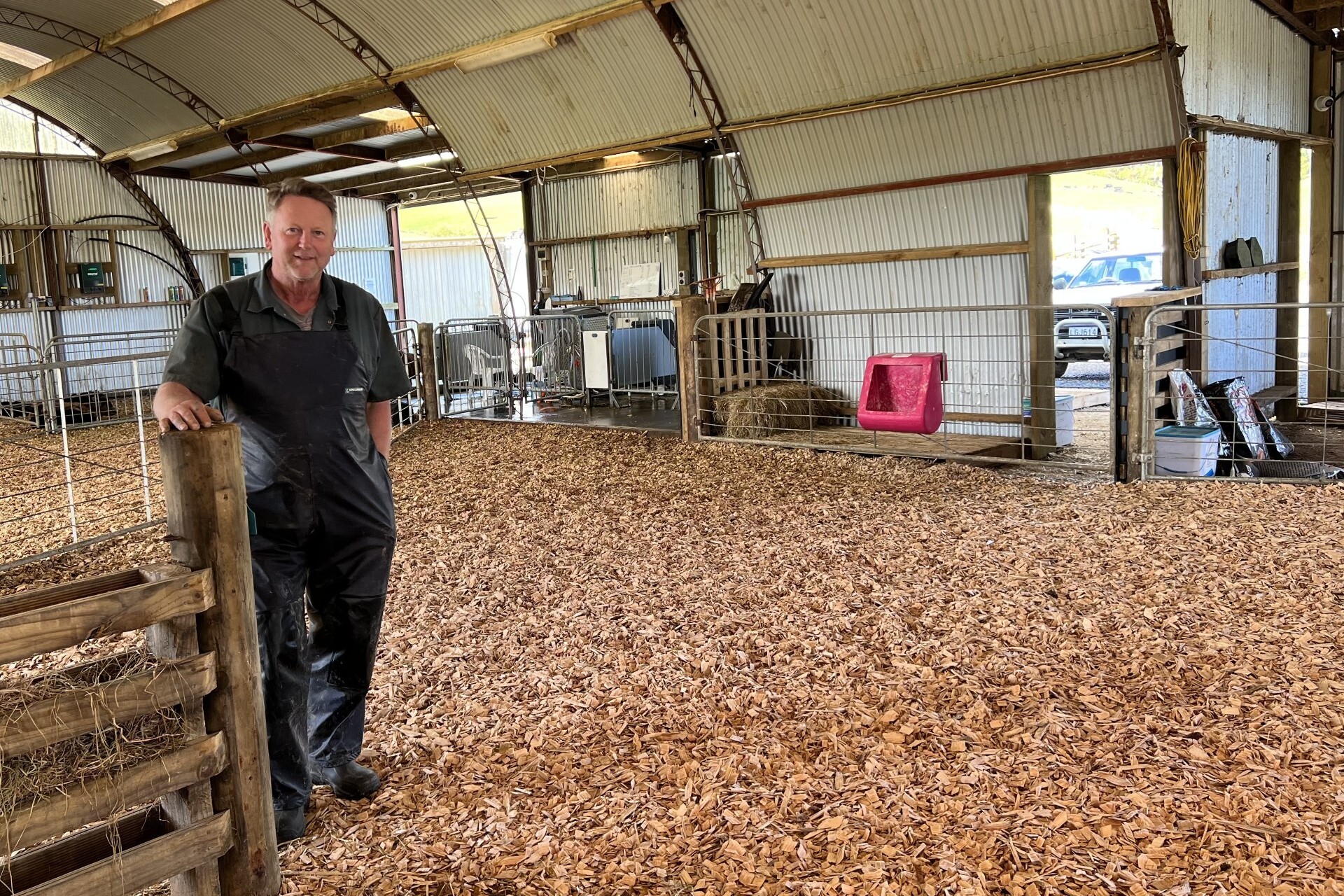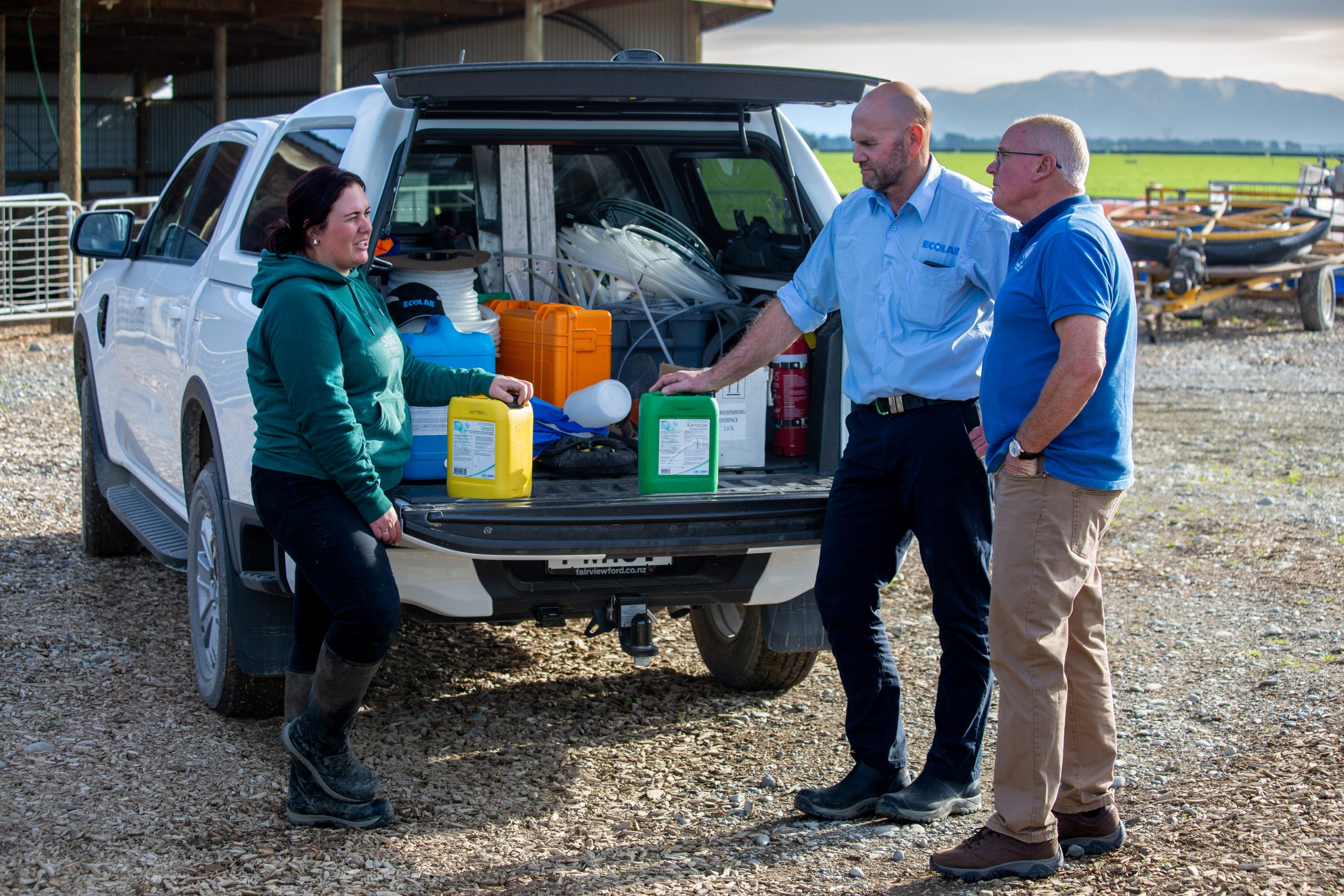Katie Mason
Weaning can be a stressful period for calves. Diet changes and other stressors mean calves around weaning are susceptible to disease, ill-thrift and growth rate stunting.
As a rule of thumb, calves can be weaned when they are consuming at least 1-1.5kg of (20% protein) meal per calf per day and when they have reached 20% of their mature liveweight. It is best to offer meal and short-chop hay to calves from day one as this will ensure good rumen development and prepare calves for their adult diet.
Too often, calves are still weaned on age rather than on readiness for weaning (as assessed by meal consumption and weight gain). In addition, dairy calves are often weaned abruptly off milk, but reducing milk intake gradually may make for a smoother weaning process, for example switching them from twice-a-day to once-a-day feeding and reducing milk volumes.
Achieving growth rate targets
Measuring daily liveweight gain is best achieved using scales regularly. It is very difficult to gauge weights by eye and weigh bands tend to produce inaccurate measurements. Weighing your calves at weaning will allow you to properly analyse growth rates in the post weaning period. It is advisable to draw up a contract for calves grazing off farm; detailing expected growth rate targets, including a schedule for six to eight weekly weigh-ins. It is much easier to remedy poor growth rates if calves are weighed regularly rather than waiting until calves are ready to come home or to join the herd as heifers to recognise a problem.
Daily growth rate targets of 0.7-0.8kg per calf per day become impossible to achieve if calves fall behind due to disease or poor nutrition. Even with healthy animals, feeding calves at grazing (especially in dry conditions when pasture quality is poor) can be challenging. Decide on plans of action for unfavourable grazing conditions and calves which are not thriving at grazing ahead of time.
Preventing parasite burdens
Coccidial and other worm eggs live on pasture. Young calves can suffer illthrift, scour and growth rate checks from parasite burdens.
- Feed a commercial calf meal containing a ‘coccidiostat’. Be aware that access to meal may become limited once calves are ready to go out to pasture. Calves are most susceptible to coccidiosis between three and eight weeks of age.
- Pasture management – avoid grazing the same paddocks every year with young calves (for example in paddocks that are easily accessible to the calf sheds) as this can lead to high pasture contamination. Parasite eggs can ‘over-winter’ on pasture year to year, but you can use ‘resistant’ adult cows to ‘mop up’ the pasture.
- Strategic worm drenches will usually be necessary. Selection of worm treatment products will depend on: the age of the calves; whether they are mixing with stock of different ages; whether they are mixing with stock from other properties; previous outbreaks of disease and previous worm treatments. Your vet will be able to design an appropriate worm control programme for your calves.
- Monitor worm burdens to assess whether your drench is effective or even necessary. If you are suspicious of a worm or coccidiosis problem, a veterinary investigation and faecal sampling may be necessary to establish the cause of the problem.
There is no ‘one size fits all’ approach to trace element supplementation for grazing calves. Factors such as soil type and supplementary feeding can influence requirements, therefore it is not advisable to supplement blindly every year. Blood sampling is necessary every season to prevent under or over-supplementation.
Consider whether there is a risk to your calves of contracting BVD (Bovine Viral Diarrhoea disease) or respiratory disease at grazing, due to mixing with stock of unknown vaccination or disease status. It may be a good idea to vaccinate your heifer calves before they are exposed. Your vet can advise you on the risks to your calves, and whether vaccination is a necessary precaution.
Any disease around weaning will result in growth rate ‘checks’ or stunting; so preventing and pre-empting disease by knowing the particular risk periods and stressors for your calves is vital. Try to devise a tailored control plan for your calves in collaboration with your vet.





